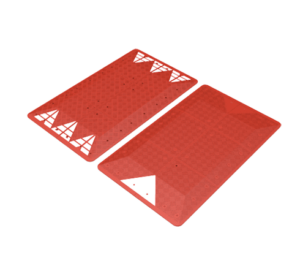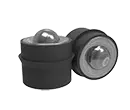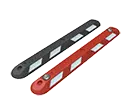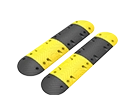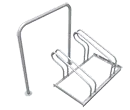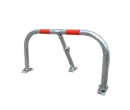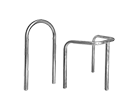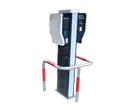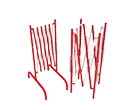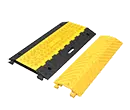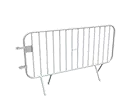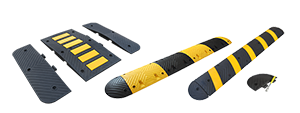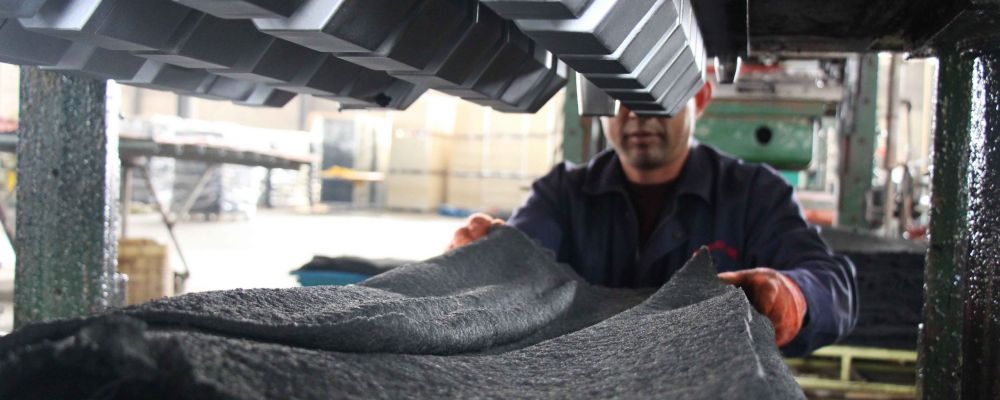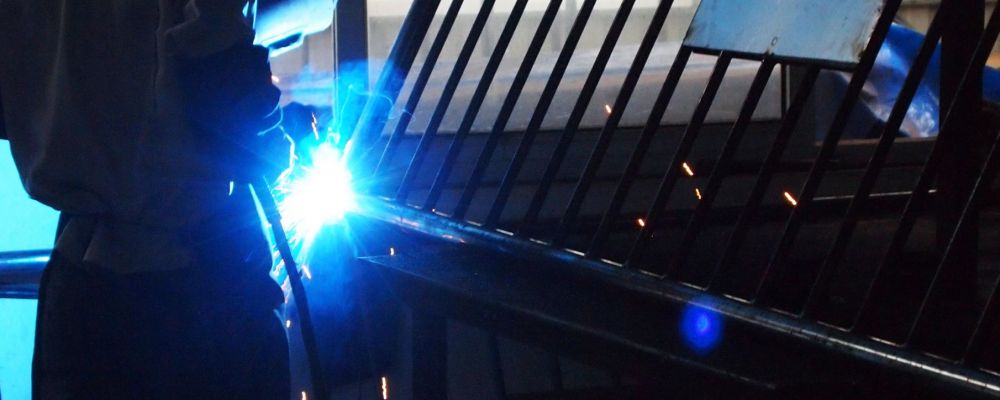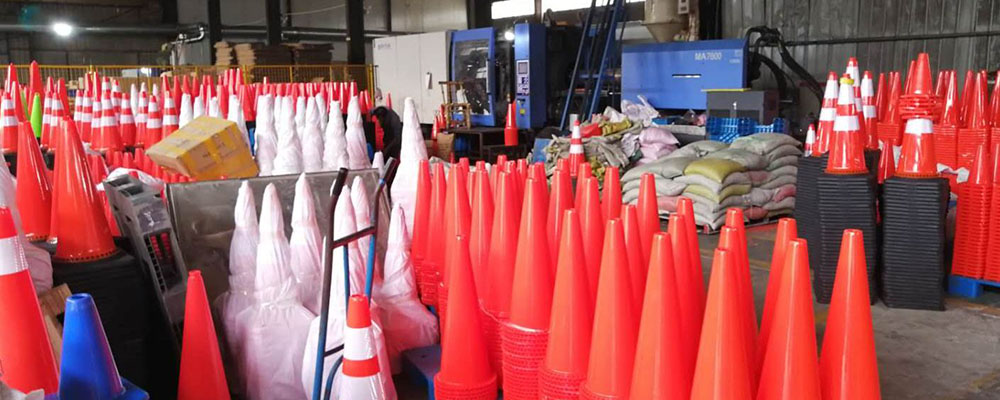Who invented speed bumps?
One of the most common traffic calming tools on urban roadways is speed bumps. This clever device has lowered the risks of accidents and vehicle-related fatalities for decades.
As the value of the speed bump is maintained in traffic and pedestrian safety, its history and evolution tickle curiosity among many people.
The device is simple, yet it gets the job of saving countless lives. That said, giving credit where credit is due only seemed right.
If you know something about the history of speed bumps, you must know that Arthur Holly Compton is the inventor of modern speed bumps. Born in Wooster, Ohio, Compton worked in an entirely different field when he came up with the speed bump we know today.
We also have an article talking about what is a speed bump.
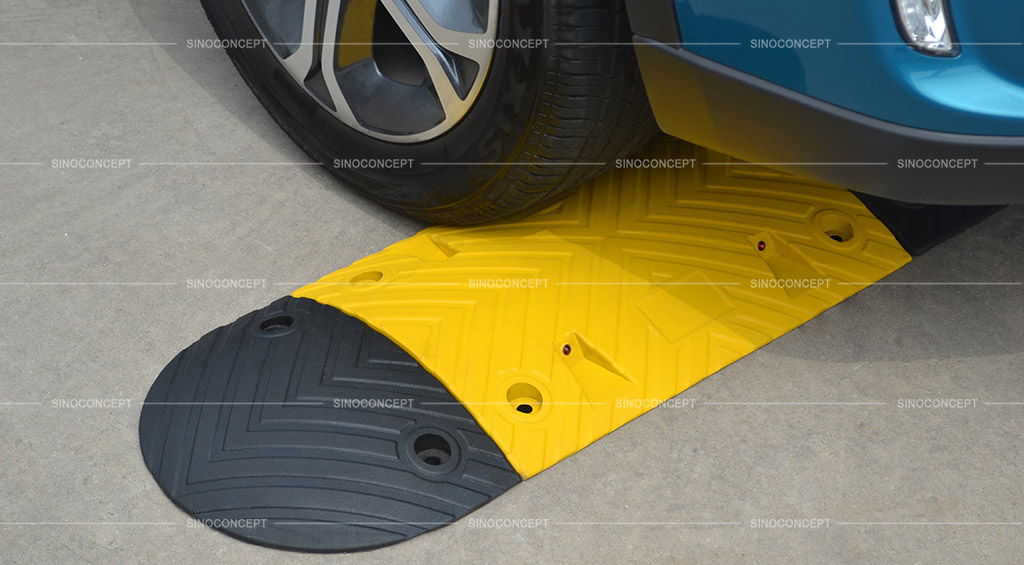
The history of speed bumps
In 1953, Arthur Holly Compton, a renowned physicist and Nobel Prize winner, created a design for what he called a “traffic control bump.” Some people referred to the device as “Holly hump,” which was later changed to a speed bump.
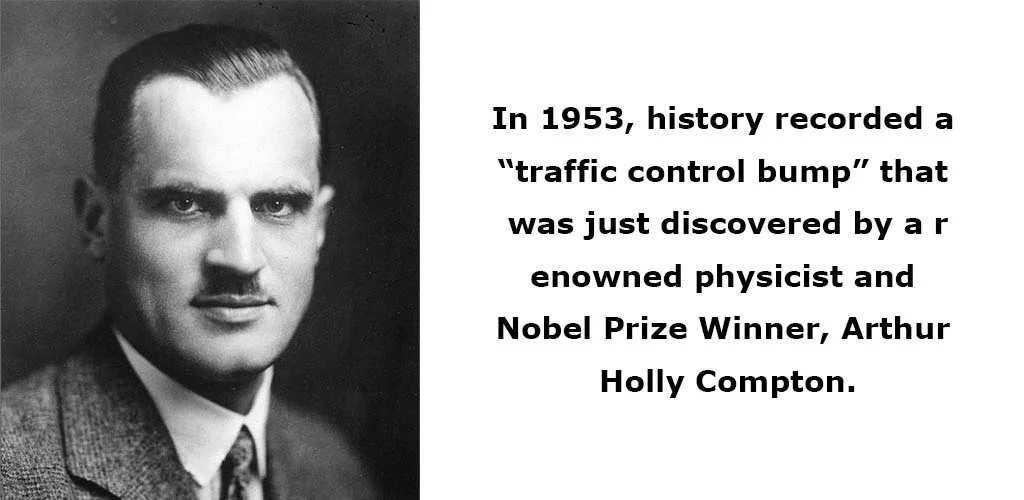
The idea came to Compton when he worked as the chancellor of Washington University in St. Louis, Missouri.
Compton has been distracted by how fast vehicles pass by Brookings Hall. At that time, car hazards and accidents were notably increasing across the country as manufacturers produced more high-speed cars, not to mention driving regulations were also limited.
Hence, considering the dangers of any motorist speeding up on roads frequented by crossing people, Compton carefully studied practical ways to control car speeds by applying his knowledge of physics.
He designed a double and single bump with inclined sides. The middle portion is higher by 7 inches, with almost a flat top.
Soon after, the design was adapted outside the university and to various states in the US. Today, his cunning speed bump design has become the foundation for modern traffic calming measures worldwide.
Countries spend no expense adding more speed bumps in areas with high vehicle congestion.
The traffic control bump adds to Compton’s list of inventions and significant scientific contributions, along with his X-ray work and discovery of the Compton effect phenomenon.
His work spanning from highly technical physics to traffic engineering only proves that innovation arises most during an immediate problem regardless of expertise.
1906 Speed Bumps in Chatham Borough, New Jersey
Long before Compton presented the installation of his traffic control bump, The New York Times had already covered the efforts of the local government of Chatham Borough, New Jersey, to impose speed limits by elevating crosswalks.
This event was in the early 20th century when discussions about making roads uneven circled different state municipalities.
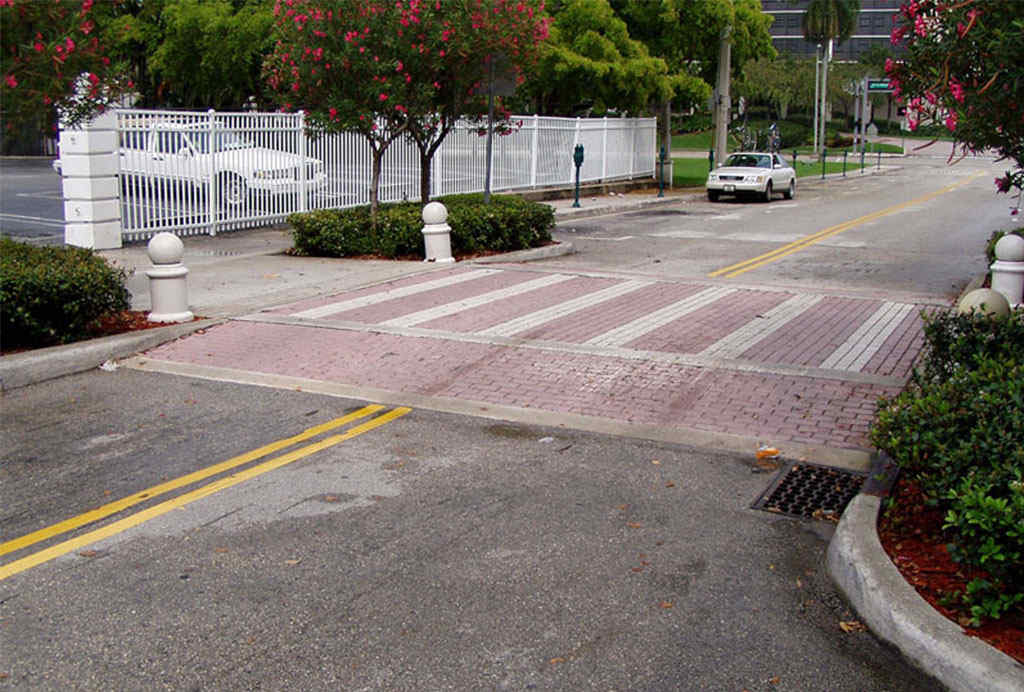
The idea is to make these crosswalks five inches higher than the road. That way, cars will have no other choice but to reduce their speed, especially at pedestrian crossings.
On April 22, 1906, the installation and experimentation of the speed bump on Chatham’s Main Street was a public affair, complete with media coverage from the local newspapers and The New York Times.
In automotive history, this marked the beginning of the implementation of motor speed regulations imposed by authorities.
When were speed bumps introduced in the UK?
While there were no accounts of early versions of speed bumps, it is widely assumed that there were other traffic calming measures in the early centuries.
Officially, however, speed bumps were first introduced on the roads of the UK in 1983. The Highways (Road Humps) Regulations enforced the installation of speed bumps in coordination with city councils’ committees in charge of the traffic control plan. It is quite interesting to know that this law was imposed too long ago.
However, to be fair, speed bumps only came to Europe in the 1970s. Furthermore, European urban planners and transportation engineers employed other traffic safety schemes.
Nonetheless, because the automotive industry increased production and traffic flow increased, it was high time to add these traffic control devices.
Today, there are over 42,000 speed bumps in the UK. They are mostly found in school and work zones where slow traffic is a must. They are perhaps the most widely used traffic speed-reducing device in the country.
And despite arguments on its presence in many highly urbanized areas, speed bumps remain instrumental in keeping the general public safe from any vehicular hazard and accident.
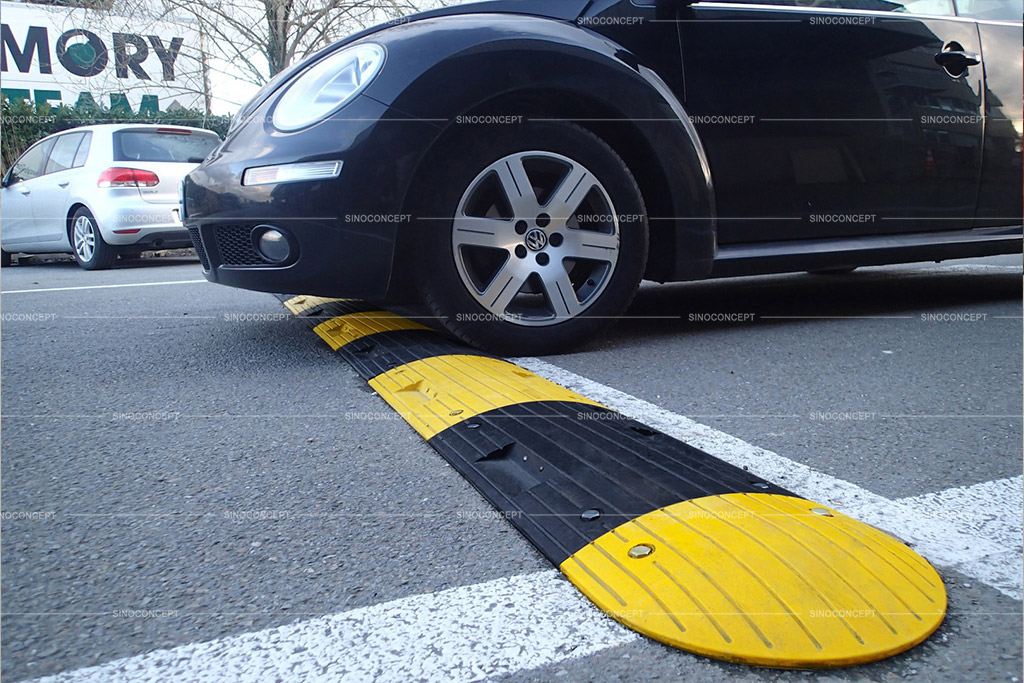
How high are UK speed bumps?
According to the guidelines of The Highways (Road Humps) Regulations of 1999, the minimum length for speed bumps should be 900mm, and the height is 25mm.
Additionally, the raised section of the speed bump must not exceed 100 mm high. This is to avoid any damage to the car, which will defeat the purpose of the traffic calming device in road safety.
Following these standard dimensions of a speed bump, the vehicle will need to have a low speed of five miles per hour. Hence, you will often find speed limit signs and a pedestrian signal to warn any motor vehicle ahead.
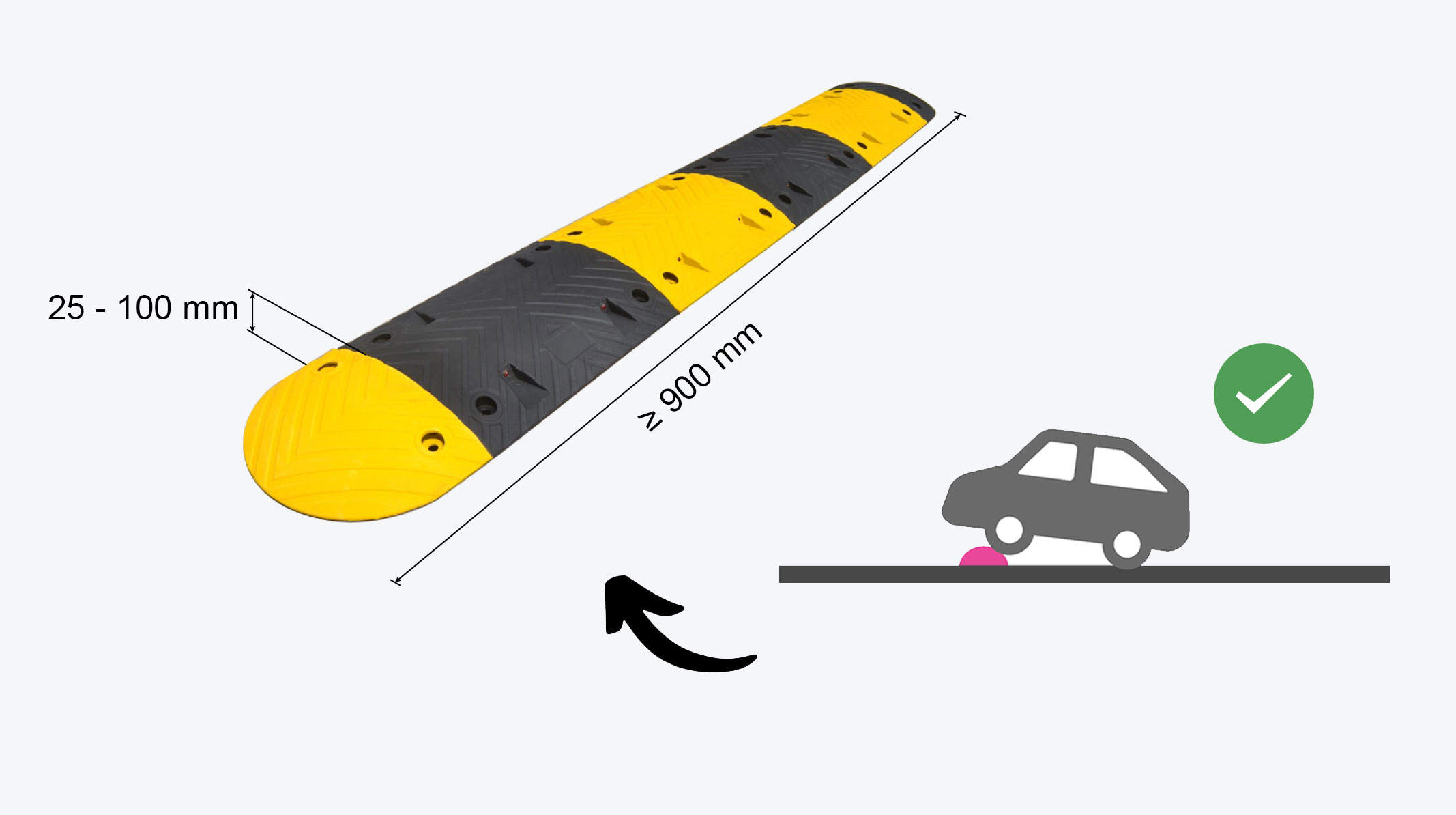
How did speed bumps evolve?
Even before motor vehicles were invented, traffic calming devices were already around.
When the city of Pompeii was excavated, it was found that before the eruption of Mt. Vesuvius utterly destroyed it, its roads were designed with different sorts of road safety devices, including ramps and bumps to reinforce carriage and chariot speed control.
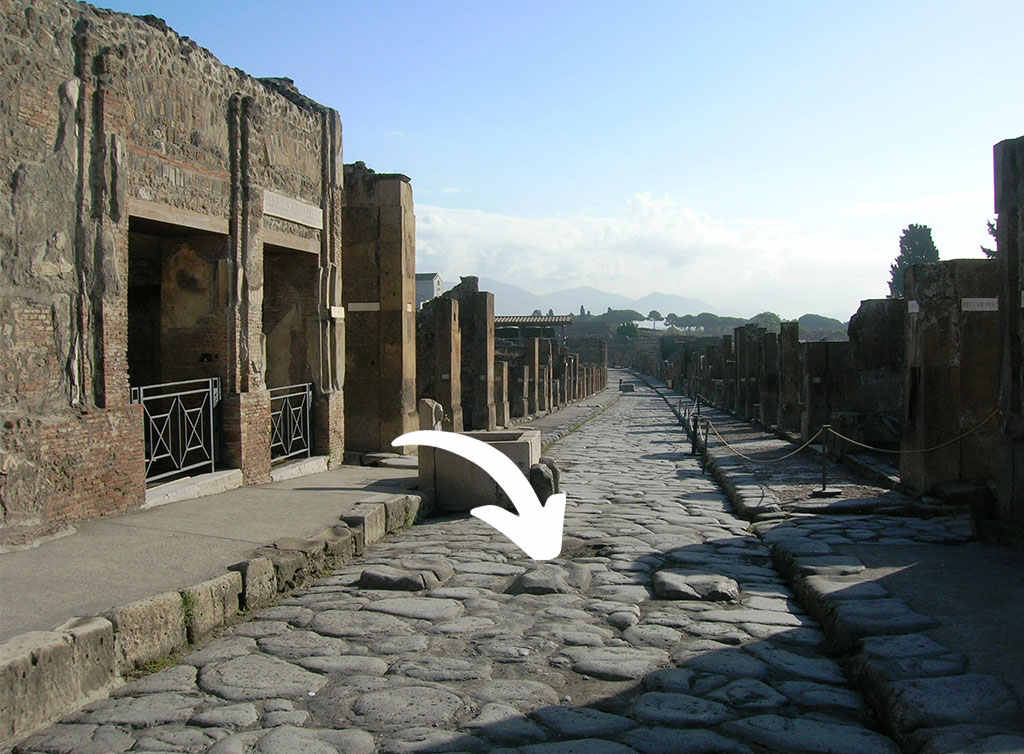
Hence, with this evidence, the idea of vehicular and crosswalk safety has long been established. With Chatham’s speed bump, the crosswalk elevation was described as raised stones on top of the unpaved street road.
The mount was compatible with the initial designs and speed of 20th-century cars. However, as more car models were released on the market, it goes without saying that Chatham’s initial speed bump became hazardous in the neighbourhood, especially for drivers.
Hence, Compton’s modern speed bump design became more feasible over the years. The original speed bump design already took a parabolic form with a high curved top in the middle.
This design warrants that any high-moving emergency vehicle, like an ambulance or fire truck, doesn’t collapse if it misses the speed signs on the roadway.
During city street developments, speed bumps were incorporated into the overall layout of the concrete pavement. That’s why it is not uncommon to encounter speed bumps made of concrete or asphalt that are attached directly to the road.
Nonetheless, materials used to make speed bumps have become more diverse over the years. Likewise, the option for removable speed bumps became available instead of bolted on the road.
Here are some of the standard speed bump materials:
- Rubber
- Concrete
- Tarmac
- Recycled plastic
- Galvanized steel
- Other metal materials
Speed bumps are also marked with bright paint to alert motorists from a great distance. The most common colours associated with speed bumps and pavement markings are yellow and orange.
Rumble strips are also common features of many speed bumps.
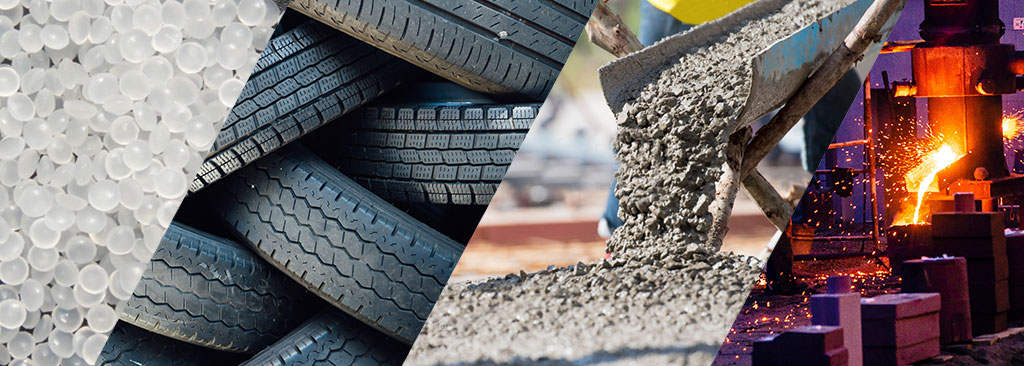
Conclusion
Speed bumps are crucial tools for traffic management. They are used as traffic calming devices to reduce car speed, especially in accident-prone areas, slow zones, or nearby pedestrian and railroad crossings.
This very purpose of speed bumps makes them a standard road fixture in neighbourhoods, driveways, schools, construction sites, pedestrians, and parking lots. Along with speed humps, they ensure calm traffic.
Knowing much about its history provides clarity and logic on its purpose. As Arthur Holly Compton committed to keeping road safety in his workplace, employing the same thought in every urban community is beneficial.
To learn more, we advise you to refer to the following pages:

